For more than a year, there have been rumors of a major research and development initiative aimed at University Circle and downtown Cleveland and the health care and educational institutions located there.
But the full breadth and scale of the initiative wasn’t publicly revealed until today, culminating in the announcement by Gov. Mike DeWine and others regarding a Cleveland Innovation District fostering up to 20,000 jobs over the next 15 years. The state, led by JobsOhio, and the Cleveland Clinic Foundation (CCF) will put up $565 million to get the district off the ground in a big way.
“It’s going to have an even bigger impact than what we’re talking about today,” said Lt. Gov. Jon Husted at today’s announcement broadcast live on The Ohio Channel. “This has the pillars of economic growth — innovation, talent and investment.”
He also referred to the Cincinnati Innovation District, the first innovation district undertaken by JobsOhio. Like Cleveland’s, Cincinnati’s unites multiple players in that city to foster economic growth. But Cleveland’s version will differ.
“The Cleveland Innovation District has a chance to be bigger than this (Cincinnati district),” Husted said. “For one reason, it’s a bigger investment. 2021 is the year of recovery and this is the prescription that the doctor ordered.”
The district is envisioned to be an effort where private sector resources are united and organized by local partnerships and state incentives to invest in health-care services, products, jobs and related outcomes. About 10,000 jobs will be a direct result of the state-sponsored initiative. Another 10,000 spin-offs are projected to be created in the community, at hotels, restaurants, stores and other businesses.
| Ohio Gov. Mike DeWine joined state and local leaders Jan. 25 in announcing the Cleveland Innovation District (The Ohio Channel). |
Resources by the public and private sectors will be invested in and by each local partner — Cleveland Clinic, University Hospitals, MetroHealth System, Case Western Reserve University and Cleveland State University.
The investments will be attracted by increased college graduations and certifications, new jobs created from the commercialization of ideas nurtured by hospitals and educational institutions, plus sponsored research and urban redevelopment, said Tom Mihaljevic, CEO and president of CCF.
“It’s the largest research effort in our 100-year history,” Mihaljevic said. “COVID-19 reinforces the urgency of this work.”
“Right now, this is more of an innovation initiative rather than a real estate development initiative,” said Jeff Epstein, director of the Cleveland Health-Tech Corridor, an umbrella effort to attract innovative health-tech and high-tech businesses to the area. “This much money coming into Cleveland for research and innovation is great.”
There is an early real estate outcome resulting from the Cleveland Innovation District. That is a new $500 million, 1,000-employee Global Center for Pathogen Research & Human Health to be constructed by the CCF at the southeast corner of its campus, near Cedar Avenue and East 105th Street. The exact location hasn’t been revealed.
CCF solicited construction management assistance for this “significant research building” starting last fall with the goal of seeing construction get underway in the next 2-3 years, according to a real estate industry source. While the size of the structure is not yet known, consider that Sherwin-Williams is planning to build a 680-employee, $250 million research center measuring 480,000 square feet in suburban Brecksville.
Not all of the $500 million will go for bricks and mortar. The actual cost of construction isn’t nailed down yet. Much of the funding will go toward research activities at CCF’s new and existing facilities.
And some of the funding for the new pathogen center will be used to create new start-up technology companies in the Cleveland Innovation District and/or attract major employers here. The goal is to add 1,000 new jobs at Cleveland Clinic by 2029 and another 7,500 jobs in Ohio by 2034.
In recent weeks, CCF also reissued requests for proposals for its new 400,000-square-foot Neurological Institute at 9606 Euclid Ave. and for nearly doubling the size of its 130,000-square-foot Cole Eye Institute. The added building will be located at 2030 E. 105th St. Both expansions were put on hold during the pandemic. Together, the new buildings will add hundreds of new, permanent jobs.
CCF also held focus group meetings of community stakeholders during the winter of 2020. Their goal was to determine what neighborhood services were desired in and near the CCF campus, especially the southeast corner, and how best to partner with real estate developers on creating them. More employee housing within walking distance of campus, a full-service grocery store and public spaces were among the community’s desires.
That resulted in CCF partnering with Fairmount Properties to develop up to 300 micro-unit apartments, several dozen townhomes and a 40,000-square-foot Meijer grocery store. The city is seeking a $9 million noncompetitive federal loan to help build the grocery store.
Those would be developed on 3 acres of land at the southeast corner of East 105th and Cedar Avenue. And that’s just the first phase. Fairmount plans a second phase of roughly equal scale on the block immediately west, bounded by Cedar, East 103rd, East 101st Street and Wain.
Just south of Fairmount’s development, Fairfax Renaissance hopes to break ground this spring on the $12.75 million first phase of Innovation Square, an 85-unit apartment building at 2258 E. 105th. Roughly half the units will be affordable; the other half market-rate. A ground-floor commercial space will be marketed.
Others in the real estate industry were aware of the major announcement coming, too. Midwest Development Partners’ planned Circle Square megaproject actually got bigger as they learned last winter of the scope of the Cleveland Innovation District. The first new-construction phases of the project aim to get underway this spring.
In need of more land for the Cleveland Innovation District, CCF added more property to the northwest side of its campus, acquiring and demolishing the ORCA House structures last August, south of Chester Avenue near East 90th Street.
Those property acquisitions prompted more real estate developments along and north of Chester, including the East 90th Apartments by Inspirion Group, the Arpi Apartments by Arpi Development LLC, and Chester75 apartments by the Famicos Foundation. Together, at full buildout, these developments could add 438 apartments.
Not to be outdone, Signet Real Estate Group acquired nearly 6 acres of land in October for $2.4 million and is seeking to demolish several structures on its property for a mostly residential mixed-use development.
One of those endangered structures is the 134-year-old Allen-Sullivan mansion, 7218 Euclid. Signet is reviewing the feasibility of relocating the house across Euclid or rescuing architectural pieces of it in accordance with city design-review laws. Sources said the historic Italian-American hall behind the house cannot be saved, however.
Another factor possibly benefitting the Cleveland Innovation District is the new Transformational Mixed-Use Development (TMUD) tax credit. In Cincinnati, real estate investors are hoping to use the TMUD credit to develop a 20-acre property near hospitals and universities to capitalize on the innovation district over the coming decades. The TMUD tax credit could come into play in Cleveland as well.
As new jobs and real estate investments are occurring in anticipation of the Cleveland Innovation District activities, educational and health care institutions have been taking steps to support the innovation district going back more than a year.
In January 2020, Cleveland State University hired Forrest Faison III as senior vice president for research & innovation/chief healthcare strategy officer. Faison is a former U.S. Navy Vice Admiral and served as the 38th Surgeon General of the Navy and chief of the Bureau of Medicine and Surgery from 2015 to 2019.
He will oversee the broad effort to unify and expand the university’s educational, outreach and scholarship efforts in all aspects of health care, while spurring the continued growth of Cleveland as a center for medical innovation.
As a result of his hiring and the formation of CSU’s new campus masterplan, look for significant new medical school and research buildings proposed for CSU’s downtown Cleveland campus in the coming years. These facilities could feature thousands of students and research jobs and be a magnet for many millions of dollars of state and federal funding for education and research.
Private sector growth is likely too. Camera and copier giant Canon is expanding its presence into the medical imaging business. In 2016 it acquired industry giant Toshiba Medical Systems for $6 billion.
And last fall, Canon acquired Quality Electrodynamics LLC (QED) of Mayfield Village. Canon has designated its medical business as a new business that will expand and drive future growth for the company. The acquisition of QED, staffed locally by nearly 200 employees, furthers this strategy.
END
- Cleveland, Bedrock seek $1 billion for riverfront development
- CRE industry lauds Bibb’s construction permit overhaul
- Bridgeworks design evolves again – minus hotel
- Cleveland Kitchen wins $10M in tax credits
- Welleon gets an ‘A’ in testing Cleveland’s market
- EPA gives Greater Cleveland $129.4M for five solar arrays, reforestation





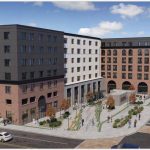
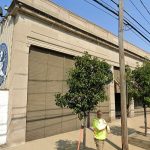


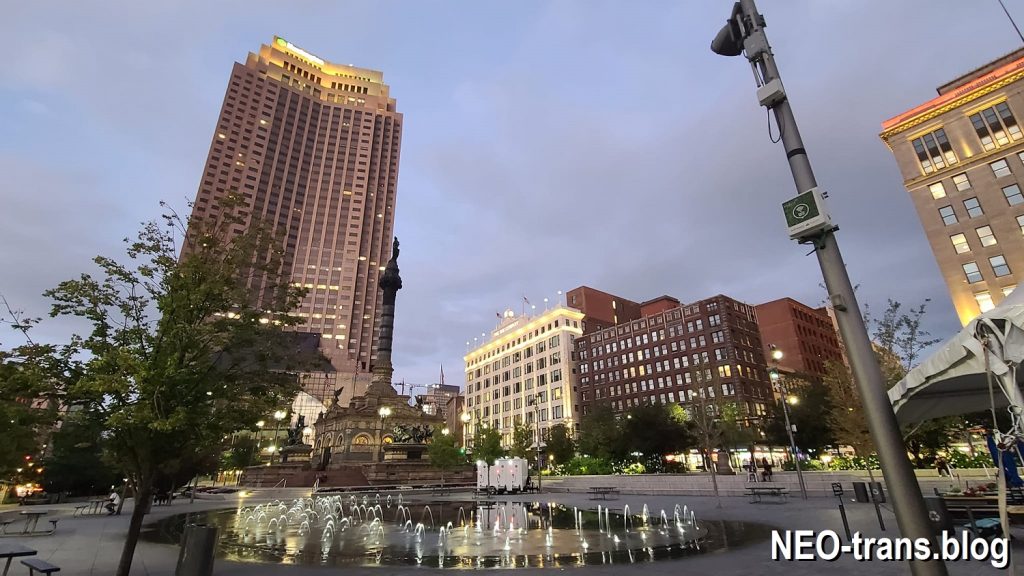
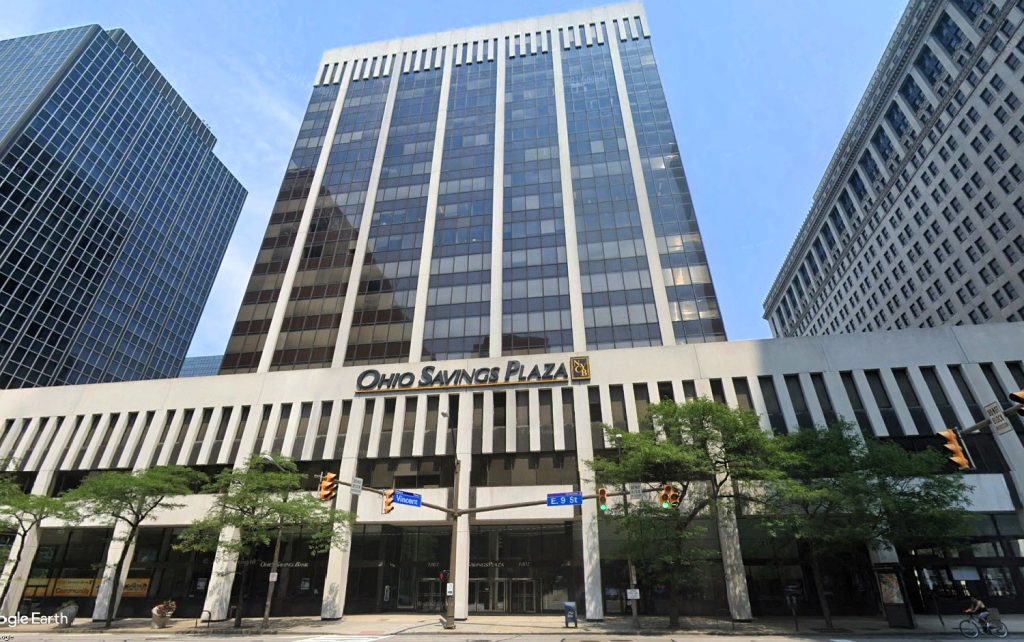
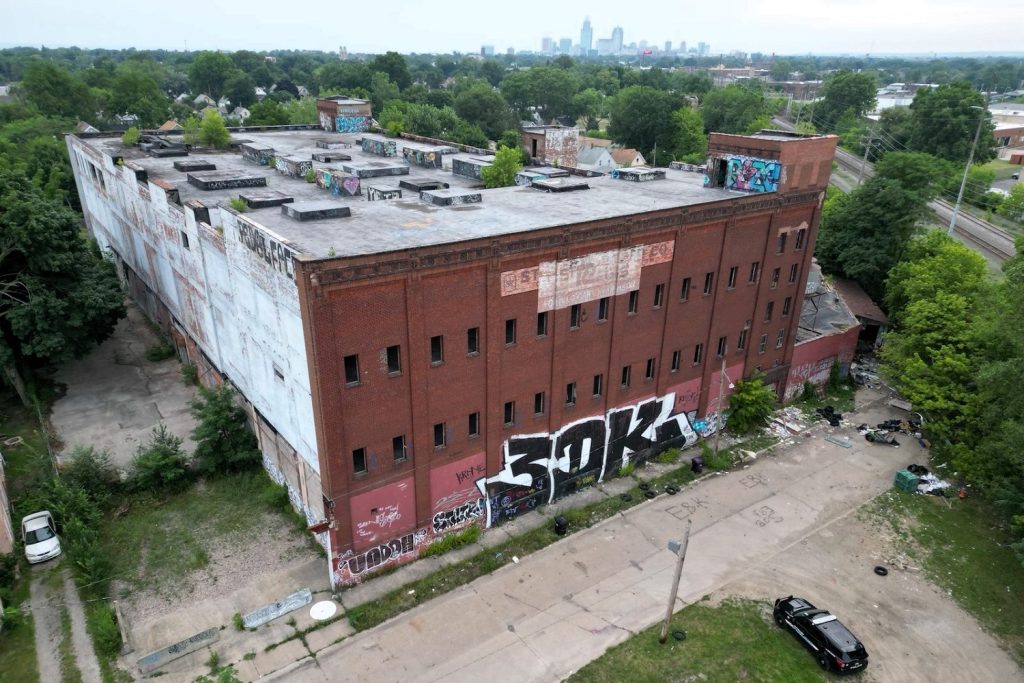
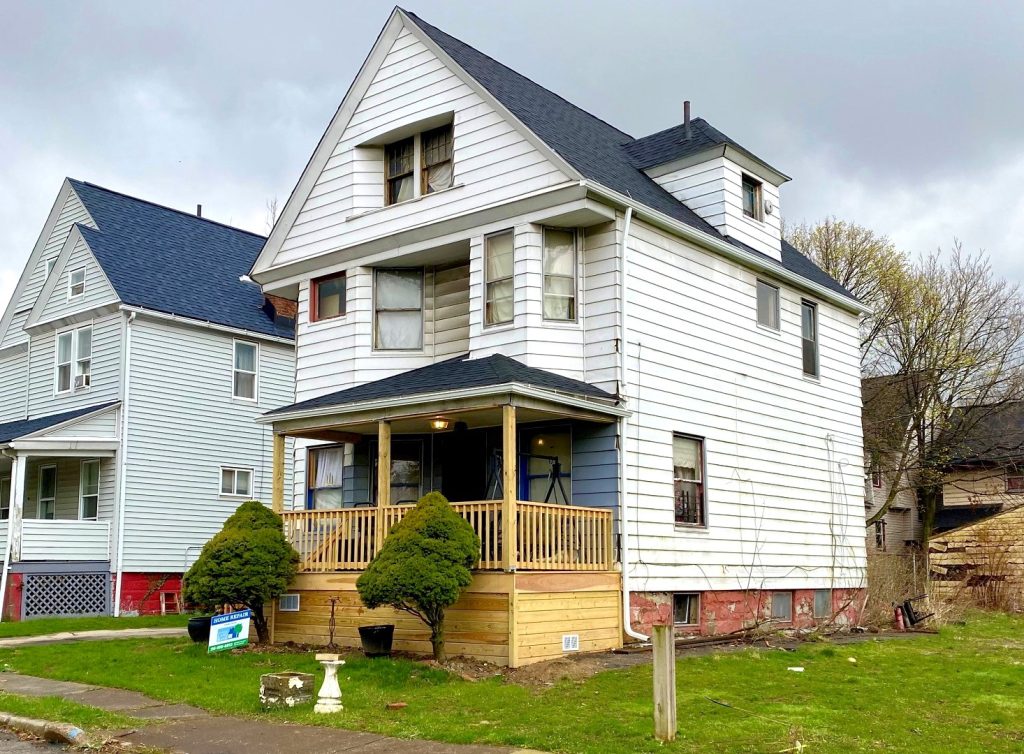
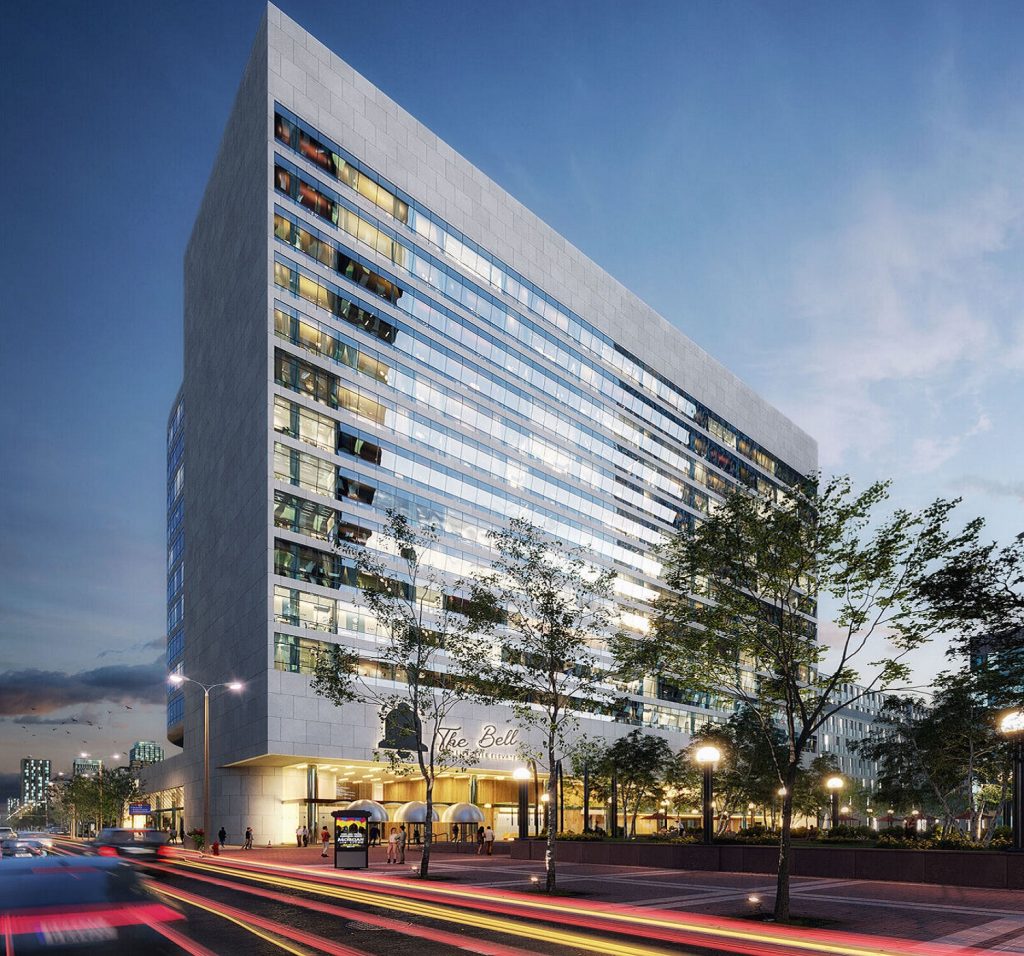
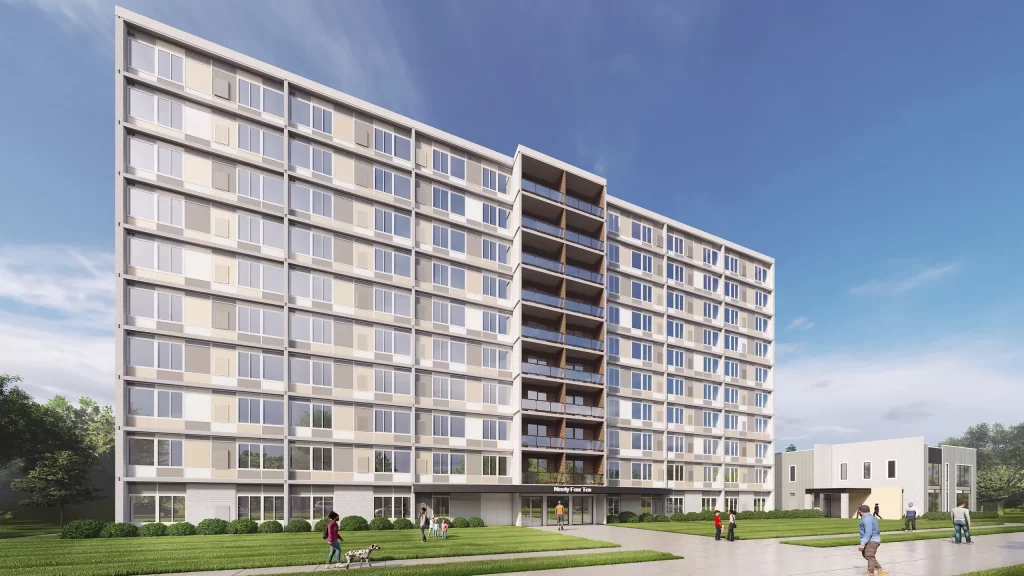
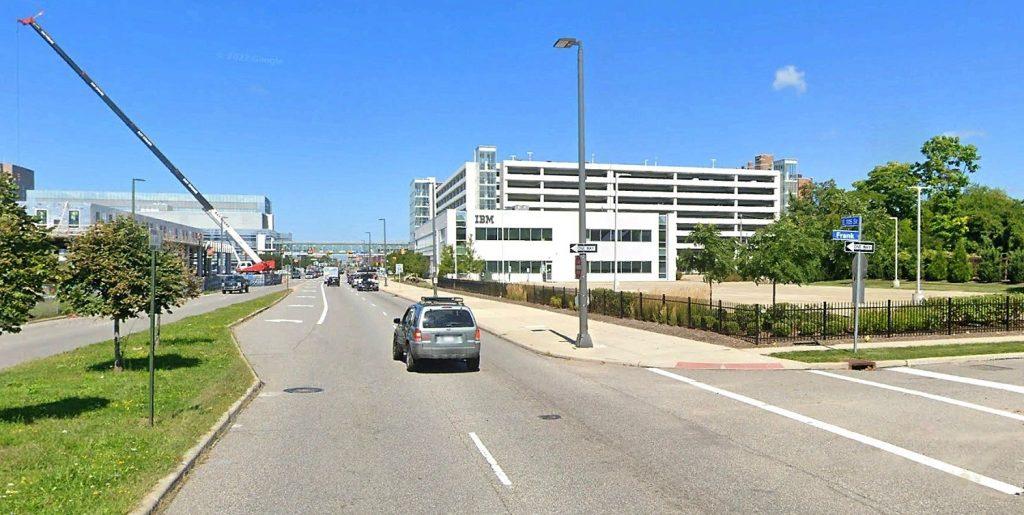
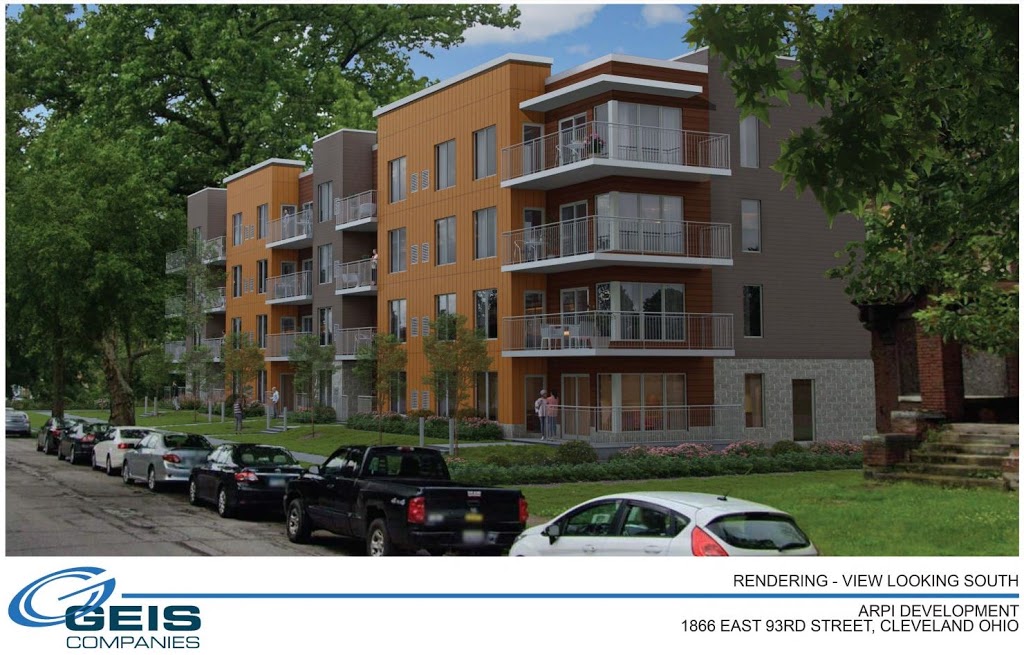
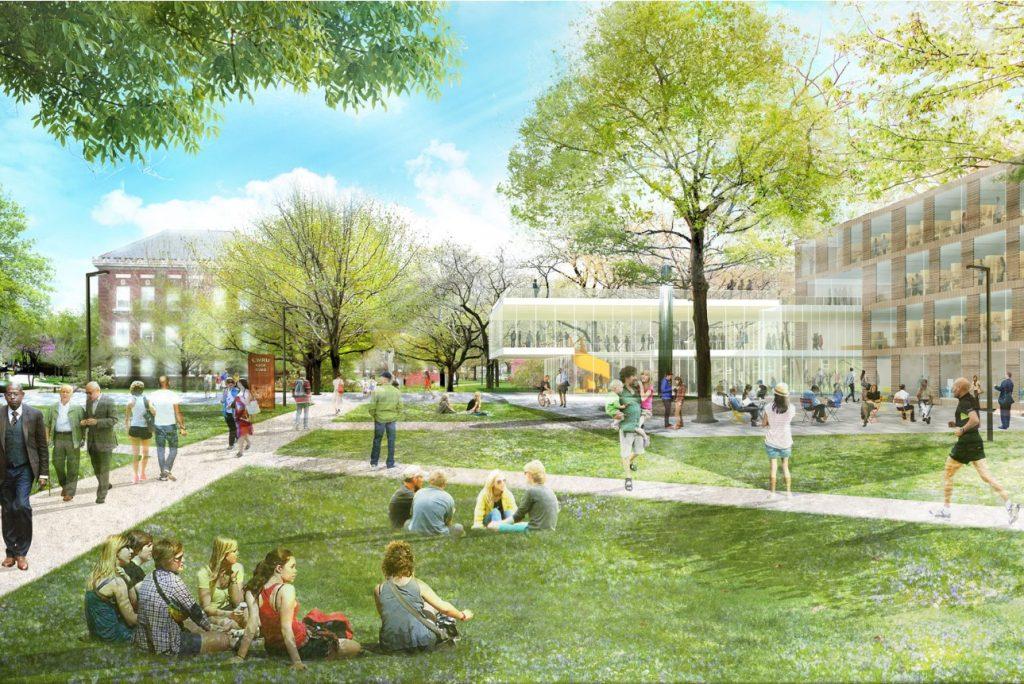
Comments are closed.